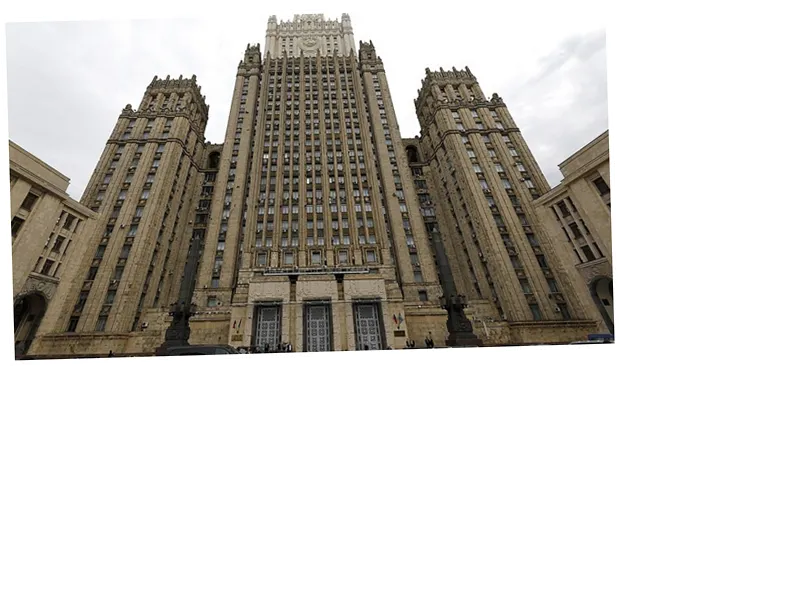Rising Tensions Between Russia and NATO Countries in the Baltic Region
Moscow/Tallinn - Russia's recent actions have triggered new tensions in the Baltic Sea and raised concerns among NATO member states. On Wednesday, Russia announced a legislative project to redefine its maritime borders, sparking reactions of confusion and concern from neighboring countries. Estonia, one of the directly affected nations, accused Russia of provocatively removing several buoys from the Narva border river, which serves as a demarcation line between Estonia and Russia. Estonia claims that 24 out of 50 buoys, recently placed to mark the fairway and prevent navigation errors, were unilaterally removed by Russian border guards.
Egert Belitsev, Estonia's border guard chief, labeled the removal as 'another act of provocation on the part of Russia.' Despite this, Estonia opted for diplomatic measures to avoid escalating the situation further. This event follows warnings from Sweden about Russia's behavior in the Baltic Sea and underscores the changing dynamics due to the ongoing Ukraine war.
Further exacerbating regional tensions, Polish Deputy Minister of National Defense, Cezary Tomczyk, revealed ongoing efforts to create a joint line of defense along the Baltic borders with Russia and Belarus. This initiative is part of Poland's 'Eastern Shield' program, designed to strengthen a 400-kilometer section of its border, and is being coordinated with Lithuania, Latvia, and Estonia. The goal is to establish a fortified defense zone with elements like metal 'hedgehogs,' reinforced concrete blocks, and 'dragon teeth,' to thwart potential military threats. The Baltic countries have committed to this project amid rising security concerns, although critics argue it's driven by a broader NATO strategy to fortify its eastern flank and may provoke retaliatory measures from Russia.
In addition, Russia has proposed a unilateral change to its maritime borders with Lithuania and Finland in the Baltic Sea. A draft government decree, released by the Kremlin, outlines new geographical coordinates for the Russian territorial sea and Baltic islands near Kaliningrad. The decree suggests these changes will better align with current geographical realities and enhance Russia's control over its internal waters.
These developments reflect a broader pattern of Russia's provocative behavior aimed at testing NATO's resolve and causing instability along its borders with NATO member states. The actions have prompted calls for coordinated responses from the European Union and NATO, emphasizing the need for unity and readiness in addressing potential threats.
- Belitsev of the Estonian border guard highlighted that the locations of the removed buoys were agreed upon bilaterally and were intended to prevent navigation errors and unintentional border crossings. The broader context of these actions points to Russia's hybrid warfare tactics, characterized by uncertainty and provocation.
- The Institute for the Study of War suggests that Russia's removal of the buoys might aim to create unrest along the international border. Estonia has called for a measured and collective approach in dealing with the provocation, emphasizing the importance of cooperation with EU and NATO allies.
- Lithuanian Defense Minister Laurynas Kasciunas emphasized the importance of the joint defense project, describing it as a strategic necessity to address military threats. The Baltic states' decision to build a unified defense line stems from the lessons learned from the Ukraine conflict, showcasing the need for robust defense infrastructures at the borders.
- Despite the initiatives to fortify the Baltic borders, experts argue that defensive lines, bunkers, and barriers might not be effective against modern warfare technologies like drones and missiles. However, such measures are seen as essential for maintaining military and political stability in the region.
- Oleg Nemensky, a researcher at the Russian Institute for Strategic Studies, explained that Poland's active defense cooperation with Baltic states aims to counteract the perceived Russian threat, bolstered by support from the United States. This cooperation underscores the deepening geopolitical fault lines in Eastern Europe.






